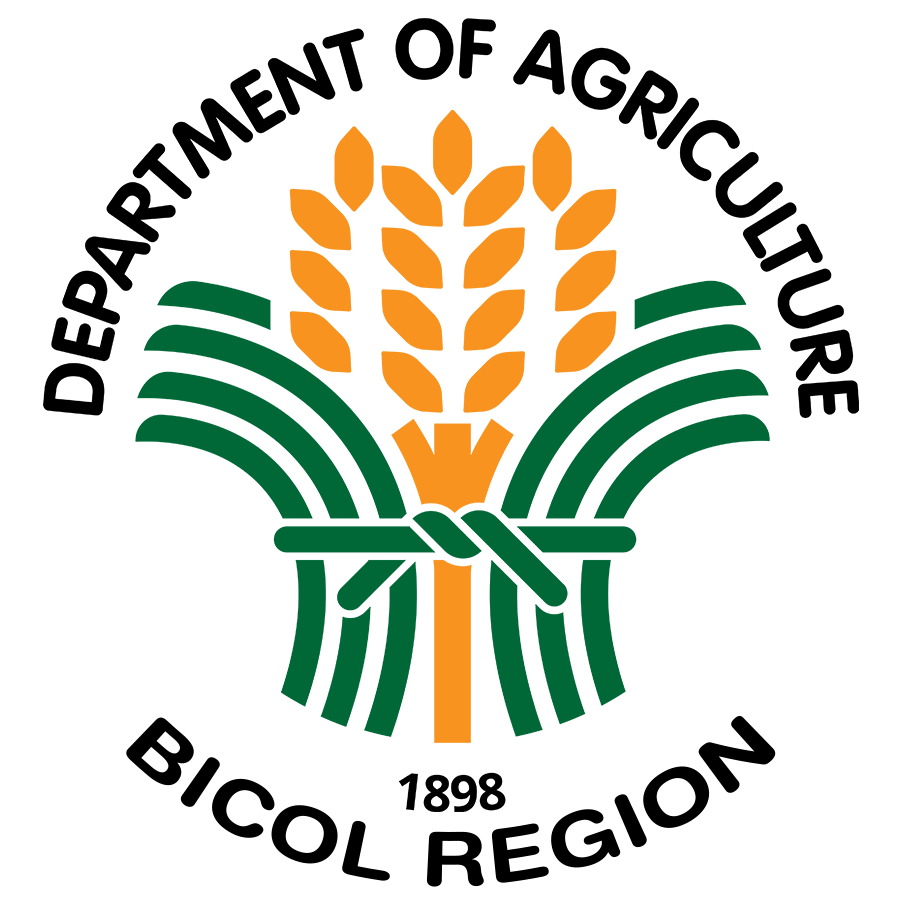SAN JOSE, CAMARINES SUR – To promote balanced fertilization which combines organic and inorganic fertilizers, DA Bicol rolls out Abonong SWAK through the establishment of a 10-hectare rice techno demo area in this municipality. Abonong SWAK urges farmers not to rely so much on inorganic fertilizers which are imported, thus very expensive and scarce nowadays. By following the Abonong SWAK combos, farmers can save P2,000 – P4,000 per hectare.
Eight rice farmers belonging to Rangas Agricultural Cooperative will serve as cooperators of the techno demo and initial recipient of certified rice seeds (RC 222); 10 bags organic fertilizer per hectare; 2 bags urea per hectare; and other farm inputs.
Developed by the PhilRice and the DA, the Abonong SWAK or balanced fertilization strategy advocates three principles, namely: preservation of the soil nutrients thru the use of combined organic and inorganic fertilizer; save on farm inputs; and attain high yield.
Three options based on yield target were presented under Abonong SWAK, namely: Combo 1 which can give the farmer 3,000-4,000 kg per hectare target harvest; Combo 2 offers 5,000 – 6,000 kg harvest per hectare; and Combo 3 – can give farmers 7,000 – 8,000 kgs per hectare target yield. All combos require scattering at least 3,000 up to 8,000 kg rice straws on the field to decompose within 30 days, with application of 10 bags chicken manure, organic fertilizer or vermi compost 14 days before transplanting.Earl Vincent Vegas, regional Rice and Corn Program Coordinator said that Abonong SWAK could give farmers better options to reduce production cost and at the same time achieve optimum yield. “Rangas Agri coop will be the first to showcase this Abonong SWAK in the region.
Meanwhile, Christopher Nunez, Cam. Sur provincial officer of Fertilizer & Pesticide Authority, urged the farmers to use FPA registered fertilizer. He also said that there are many kinds of soil fertility enhancers available in the market and even in the environment such as bio-stimulants, controlled release fertilizer, soil innoculants, and soil conditioner. Other sources of fertilizers can also be green manuring, compost and natural farm inputs.
Melvin Purcil, 43 year old, farmer is one of the cooperators. He is happy to try the Abonong SWAK. “Mahirap ngayon mag-saka dahil magastos. Kung hindi naman ako bibili ng abono, mas lalong lugi ako dahil konti ang ani,” he said. He received a fertilizer voucher from the DA recently equivalent to 4 bags of urea, 1 bag 14-14-14, and 1 bag 17-0-17 for his 1.5 hectare area. He purchased additional 4 bags of same fertilizer to follow the fertilizer requirement for his rice.
Haide Melgarejo, 73 year old farmer, on the other hand used to buy fertilizer for her 1.5 hectare rice, but now she only relied on the fertilizer voucher and hybrid rice seeds from DA.
During the briefing of the cooperators, Mary Elizabeth Banda, Chief of the Regional Soils Laboratory emphasized the importance of soil testing before planting and fertilizer application to ensure that only the needed fertilizer is applied. Meanwhile, Ailyn Adante of Research Division discussed the procedure of the Abonong SWAK Combo 2. (Lovella P. Guarin / RAFIS DA 5 | photo by Zandra Abogado)
